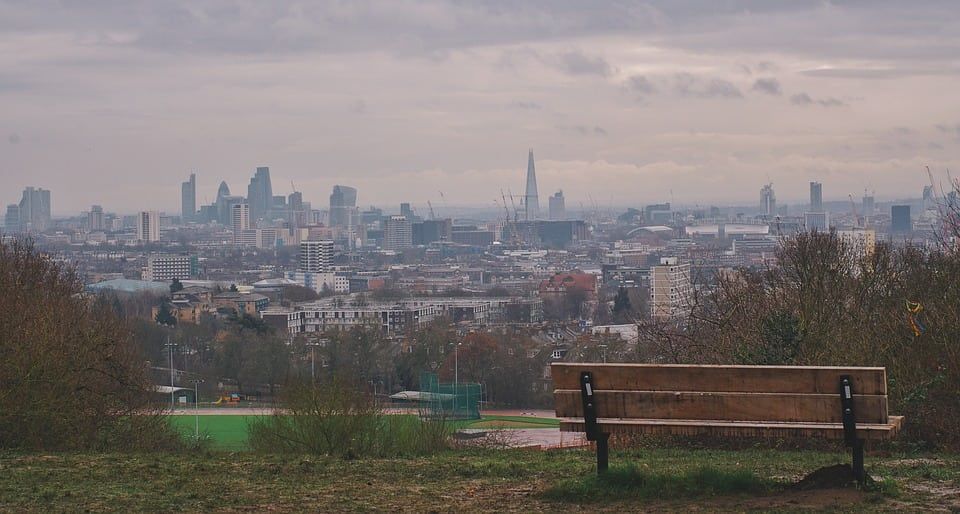
A ground-breaking laser technique shows city green areas like Hampstead Heath are absorbing about the same amount of carbon as rainforests.
Researchers at University College London have conducted a study on 85,000 trees in north London to show the importance of planting and protecting urban forests to offset fossil fuel emissions.
The team used millions of laser pulses to estimate how much carbon the trees absorb throughout their lives – which is important for helping to offset fossil fuel emissions.
The new study, published in Carbon Balance and Management, analysed trees in UCL’s local borough of Camden.
The team found that Hampstead Heath stores up to 178 tonnes of carbon per hectare, which is catching up to tropical rainforests that contain on average around 190 tonnes of carbon per hectare.
The technique used is known as LiDAR (Light Detection and Ranging) data collected both by the UK Environment Agency and their own ground-based LiDAR measurements.
It uses millions of laser pulses to build a very detailed picture of the 3D structure of trees, which makes the calculation of carbon stored more accurate.
This in turn allows them to estimate the carbon sink provided by urban trees, important for helping to offset fossil fuel emissions.
It has been estimated that the ability of urban trees to store carbon is worth £4.8m per annum in Greater London – or £17.80 per tree.
It is the first time the laser method has been used in urban forests, having previously only been used in tropical rainforests.
Previous estimates of carbon stored by urban trees have relied on measurements from trees outside of cities, which may be quite different.
The team wanted to show how protecting urban forests are central to building liveable and sustainable cities in the future.
Urban trees also provide shade, flood mitigation, habitat for birds, mammals and other plants, as well as wider recreational and aesthetic benefits, the team say.
Lead author Dr Phil Wilkes said: “Urban trees are a vital resource for our cities that people walk past every day.
“Urban trees provide many ecosystem services essential for making cities liveable.
“This includes providing shade, flood mitigation, filtering air pollution, habitat for birds, mammals and other plants, as well as wider recreational and aesthetic benefits.
“We were able to map the size and shape of every tree in Camden, from forests in large parks to individual trees in back gardens.
“This not only allows us to measure how much carbon is stored in these trees but also assess other important services they provide such as habitat for birds and insects.”
Co-author Dr Mat Disney said: “An important outcome of our work was to highlight the value of urban trees, in their various and very different settings.
“The approach has been really successful so far, so we’re extending it across London, to other cities in the UK and internationally.”
https://www.thelondoneconomic.com/lifestyle/relationships/watching-sir-david-attenboroughs-nature-programmes-could-boost-your-sex-life/18/06/
https://www.thelondoneconomic.com/news/animals-are-adopting-the-night-life-to-keep-away-from-humans/15/06/